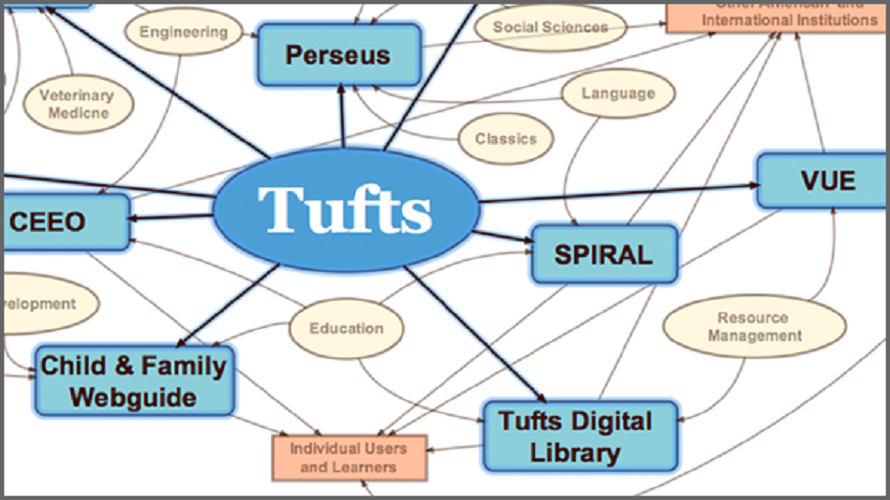
Managed Identity - If the application is deployed to an Azure host with Managed Identity enabled, DefaultAzureCredential will authenticate with it.Workload Identity - If the application is deployed to Azure Kubernetes Service with Managed Identity enabled, DefaultAzureCredential will authenticate with it.Environment - DefaultAzureCredential will read account information specified via environment variables and use it to authenticate.Isn't served by the default settings should use other credential types. Developers who want more control or whose scenario Scenarios with reasonable default behaviors. Note: DefaultAzureCredential is intended to simplify getting started with the library by handling common DefaultAzureCredential attempts to authenticate via the following mechanisms, in this order, stopping when one succeeds: DefaultAzureCredentialĭefaultAzureCredential is appropriate for most applications that will run in Azure because it combines common production credentials with development credentials. See the Credential classes section below for a list of this library's credential classes. It offers various credential classes capable of acquiring an Azure AD access token. The Azure Identity library focuses on OAuth authentication with Azure AD.

Service clients across the Azure SDK accept a credential instance when they're constructed, and use that credential to authenticate requests. Key concepts CredentialsĪ credential is a class that contains or can obtain the data needed for a service client to authenticate requests.
ENVIRONMENTAL VISUAL ENHANCEMENTS 1.7 CODE
For users running on a system with a default web browser, the Azure Developer CLI will launch the browser to authenticate the user.įor systems without a default web browser, the azd auth login -use-device-code command will use the device code authentication flow. To authenticate with the Azure Developer CLI, users can run the command azd auth login. Applications using the DefaultAzureCredential or the AzureDeveloperCliCredential can then use this account to authenticate calls in their application when running locally. Authenticate via the Azure Developer CLIĭevelopers coding outside of an IDE can also use the Azure Developer CLI to authenticate.

This flow can also be selected manually by running az login -use-device-code. When no default browser is available, az login will use the device code authentication flow. On a system with a default web browser, the Azure CLI will launch the browser to authenticate a user. To sign in to the Azure CLI, run az login. Authenticate via the Azure CLIĭefaultAzureCredential and AzureCliCredential can authenticate as the user signed in to the Azure CLI. In the meantime, consider authenticating via the Azure CLI. A long-term fix to this problem is in progress. It's a known issue that VisualStudioCodeCredential doesn't work with Azure Account extension versions newer than 0.9.11.

Once installed, open the Command Palette and run the Azure: Sign In command. To authenticate in Visual Studio Code, ensure the Azure Account extension is installed. Apps using DefaultAzureCredential or VisualStudioCodeCredential can then use this account to authenticate calls in their app when running locally. Authenticate via Visual Studio Codeĭevelopers using Visual Studio Code can use the Azure Account extension to authenticate via the editor. The Azure Identity library supports authenticating through developer tools to simplify local development. When debugging and executing code locally, it's typical for developers to use their own accounts for authenticating calls to Azure services.
ENVIRONMENTAL VISUAL ENHANCEMENTS 1.7 INSTALL
Install Azure Identity with pip: pip install azure-identity | Azure AD documentation Getting started Install the package It provides a set of TokenCredential implementations, which can be used to construct Azure SDK clients that support Azure AD token authentication. The Azure Identity library provides Azure Active Directory (Azure AD) token authentication support across the Azure SDK.


 0 kommentar(er)
0 kommentar(er)
